
Table of Contents:
1. Introduction
2. Coffee Waste: A Treasure for Your Winnipeg Flower Garden
- 2.1 Recycling Coffee Grounds
- 2.2 Benefits of Coffee Grounds in Gardening
- 2.3 Creative Ways to Use Coffee Grounds
3. Cider Vinegar and Fermented Plant Juice: Winnipeg's Secret Weapons
- 3.1 The Wonders of Cider Vinegar
- 3.2 How to Make and Use Fermented Plant Juice
- 3.3 Pairing Cider Vinegar with Other Ingredients
4. Fish Water: A Nutritional Booster for Your Plants
- 4.1 Understanding Fish Water as an Eco-Friendly Fertilizer
- 4.2 How to Use Fish Water Safely
- 4.3 Best Fish Water to Use for Garden Care
5. Baking Soda: The Gardening Multitasker
- 5.1 Uses of Baking Soda in Your Winnipeg Garden
- 5.2 Tips for Effective Use
- 5.3 Baking Soda in Organic Pest Control
6. The Power of Peppermint: Pest Deterrent Extraordinaire
- 6.1 Will Peppermint Thrive in Your Winnipeg Garden?
- 6.2 Planting and Caring for Peppermint
- 6.3 Other Uses for Peppermint in the Garden
7. Creating a Thriving Yard with Sustainable Practices
- 7.1 Integrating These Techniques
- 7.2 Your Backyard Landscape Design Journey
- 7.3 Establishing a Routine for Garden Maintenance with Landscapers Near Me
8. Conclusion
1. Introduction:
Ah, the age-old battle between homeowners and plants: a saga as timeless as a well-kneaded loaf of bread. For many green-thumbed gardeners here in Winnipeg, nurturing a stunning garden can be both a joy and a challenge. With properties boasting a unique blend of extremes—from frigid winters that could send even the sturdiest of plants screaming for the greenhouse, to sweltering summers—having a thriving home garden requires creativity, resilience, and a sprinkle of resourcefulness. But what if I told you that some of the best solutions for your garden could come from your very own kitchen scraps? Yes, folks, it's time to delve into the whimsical world of garden waste magic.
In this blog post, we’ll explore surprising gardening hacks that utilize coffee waste—not to mention the wonder of cider vinegar, brilliantly crafted fermented plant juice, the nutritional boost of fish water, and the versatile marvel that is baking soda. We’ll also reveal how planting peppermint can be a double whammy in your organic gardening arsenal: it deters pesky pests and thrives in our unique climate!
And who said gardening can’t be entertaining? With a dollop of humor and a dash of relatability—mix in some gardening jargon for good measure—this piece aims to provide a lighthearted, informative stroll through the best practices that will set your flower garden blooming and your backyard landscape design thriving.
So, grab your trowel, and let’s dig in to discover how you can turn coffee grounds into gold—figuratively speaking, of course!

2. Coffee Waste: A Treasure for Your Flower Garden:
If you’re a coffee lover, you’ve probably asked yourself: “Can I put my coffee grounds to use rather than tossing them in the trash?” Spoiler alert: Yes, yes you can! In fact, coffee waste is a veritable treasure trove for your garden—affordable and sustainable too!

2.1 Recycling Coffee Grounds
Imagine this: you enjoy your morning brew, and out of that humble cup emerges a gardening powerhouse! Coffee grounds are rich in nitrogen, making them an extraordinary addition to your compost pile. But if you're not composting yet (Come on, start now!), they can also work wonders directly in your flower bed design or even in your vegetable plot. Just think of them as tiny, aromatic superstars waiting to help your plants flourish.
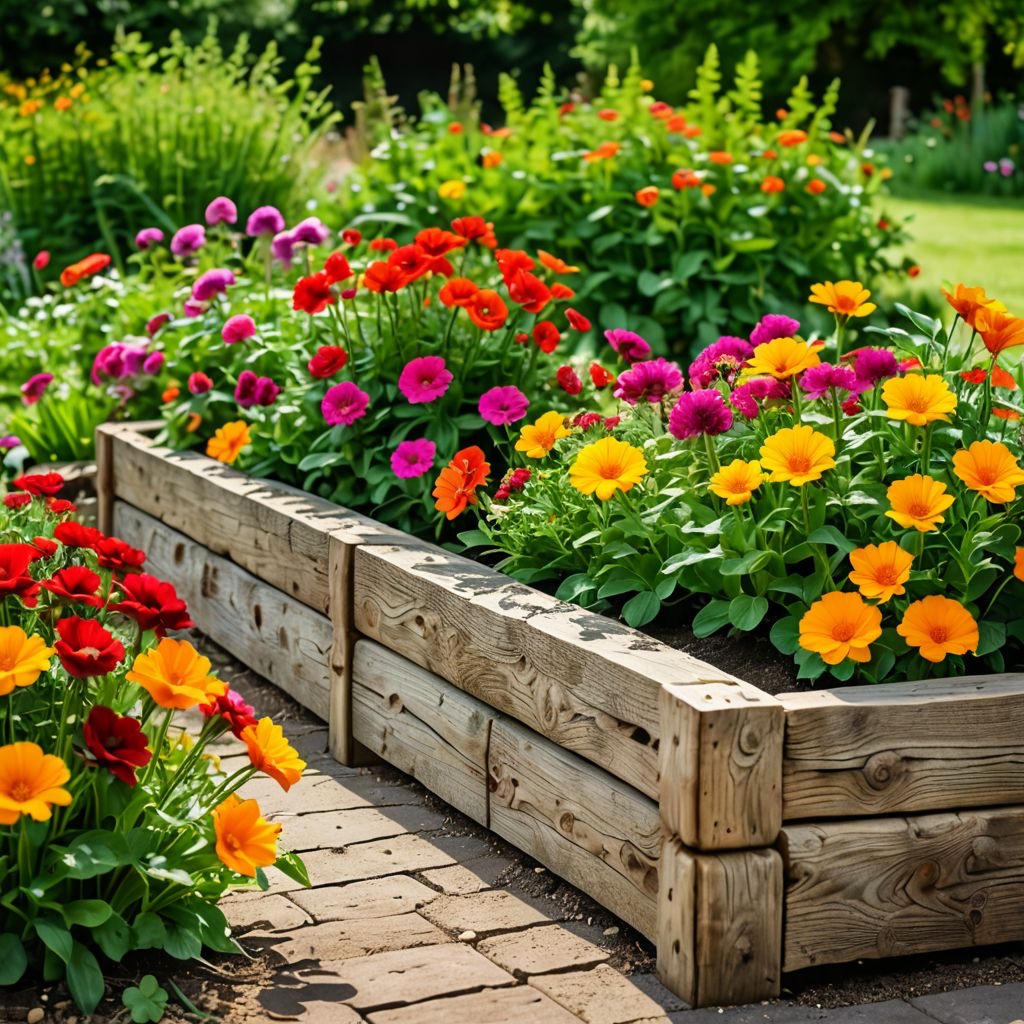
Contact us today for your free estimate.
You can scatter grounds directly onto the topsoil, mix them with your compost, or even toss them into your planters. Their slight acidity makes coffee grounds particularly beneficial for some acid-loving plants like roses (who doesn’t love a beautifully fragrant rose garden?).
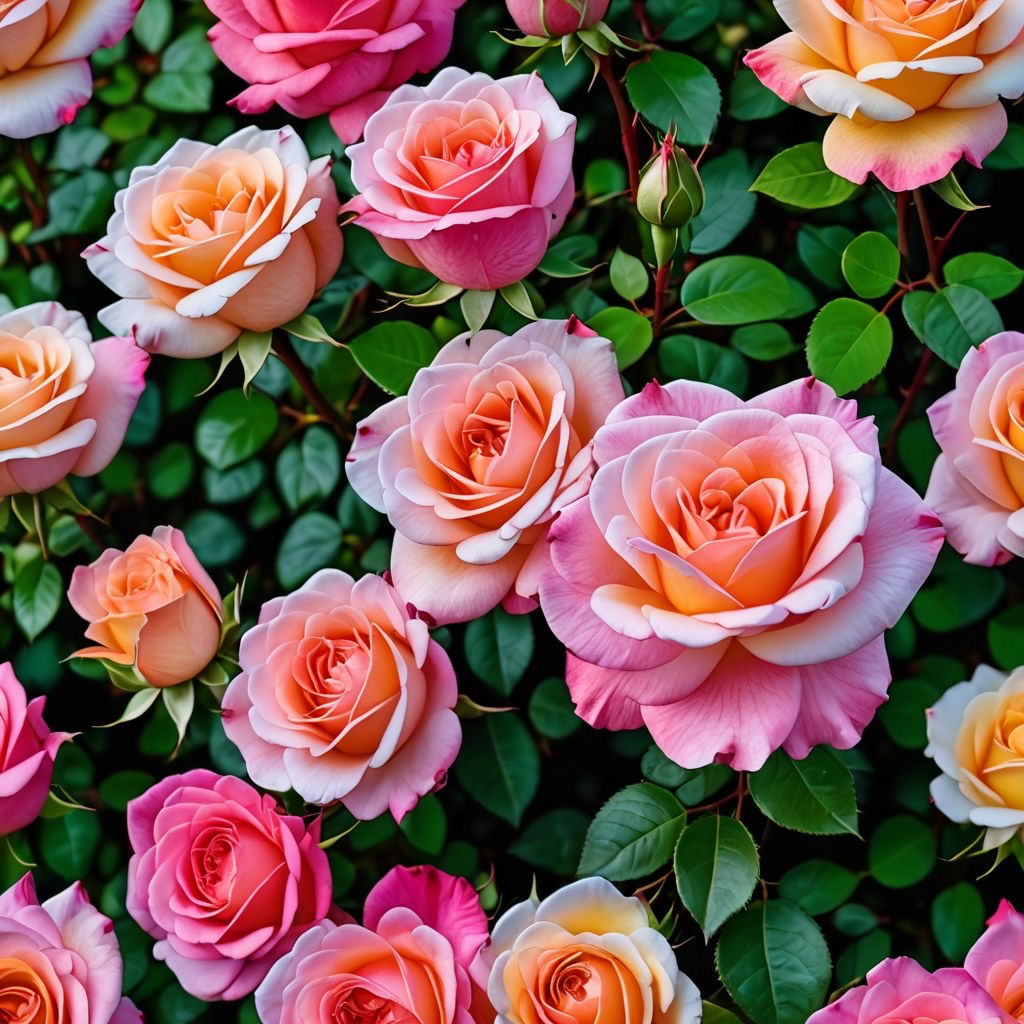
Transform your Winnipeg yard with Sunshine Maintenance & Landscaping

2.2 Benefits of Coffee Grounds in Gardening
Not only do coffee grounds boost the nitrogen level in your soil, but they also improve drainage and aeration, which is particularly important when it rains in Winnipeg. Additionally, the grounds can deter pests. Some gardeners swear by their ability to ward off slugs and snails—creeping terrors of the home garden. Furthermore, as the grounds break down, they help to retain moisture—that's right, you can basically turn your coffee habit into a water-saving initiative.
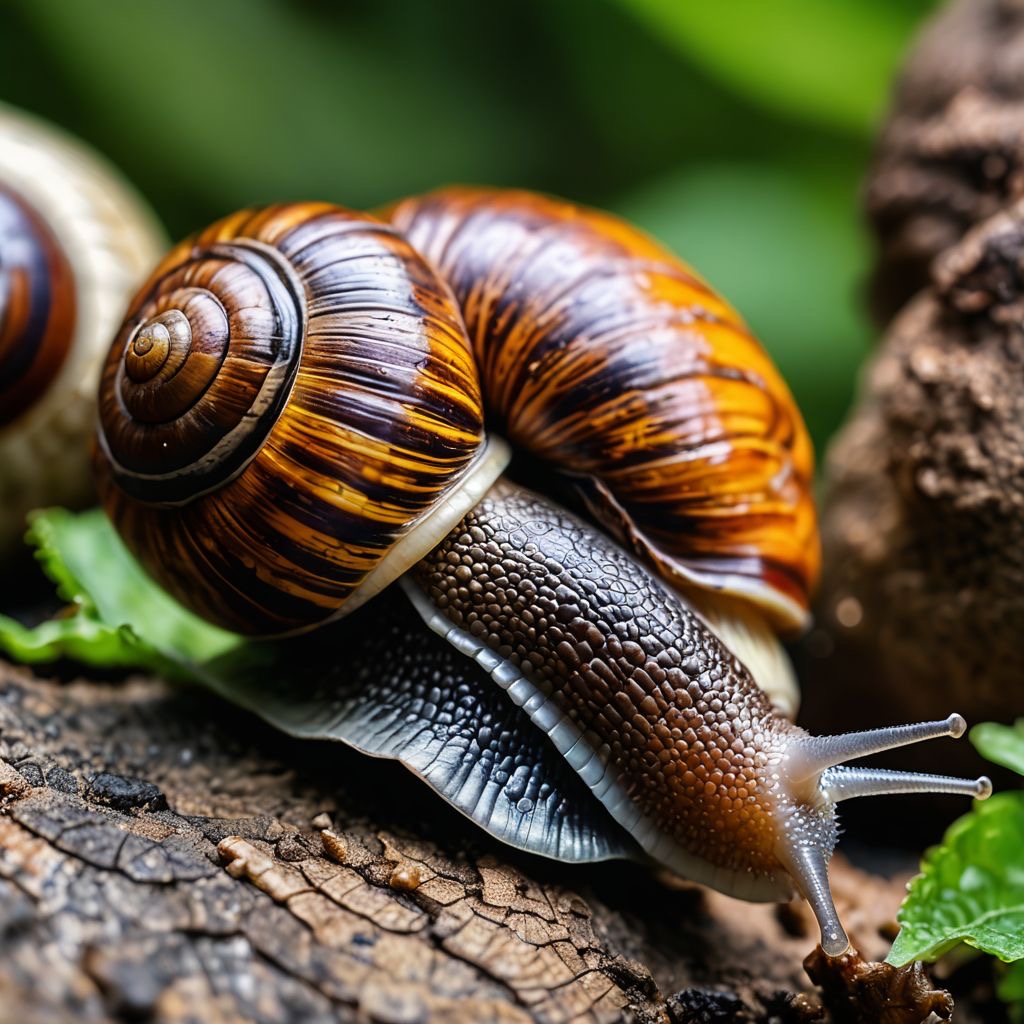
2.3 Creative Ways to Use Coffee Grounds
Beyond the basic applications, getting creative with your coffee grounds can be both fun and productive. Consider using them to create a natural mulch. Simply mix coffee grounds with shredded leaves or grass clippings and spread it around your plants. This attracts worms (the gardener’s best buddy) and helps break down nutrients for your plants to enjoy.
Additionally, coffee grounds can be incorporated into homemade fertilizers. Simply combine them with other compost materials like vegetable scraps and grass clippings. The result? A nutrient-dense mix ready to enhance your garden ideas!
To sum it up: recycling coffee waste, particularly the used grounds, is a win-win for yard maintenance. They’re essentially the eco-friendly, budget-friendly, and neighbor-approved route to a stellar and sustainable garden.

3. Cider Vinegar and Fermented Plant Juice: Winnipeg's Secret Weapons:
Cider vinegar isn’t just for salads or a zingy BBQ sauce! It has a variety of applications in the gardening world that’ll make your backyard bloom with health and vibrancy.

3.1 The Wonders of Cider Vinegar
This pantry staple is a multifaceted tool for the savvy gardener in Winnipeg. Cider vinegar can be a deterrent against pests like ants, moths, and even rabbits! Mix a few tablespoons with water and spray it around your plants. Plus, it provides a punch of nutrients thanks to its potassium content, promoting root growth.
Surprising every day kitchen helpers to keep pests and weeds at bay and to improve your soil.
Contact us today for your free estimate.
Some forward-thinking landscaping contractors even suggest using cider vinegar to treat fungal diseases on plants. A diluted spray can make your plants a less appealing host for diseases, and the beauty of it all? It’s natural, untreated, and 100% safe for your veggie patch!
3.2 How to Make and Use Fermented Plant Juice
Speaking of natural, have you ever heard of fermented plant juice? This DIY concoction is home to a wealth of nutrients. To make it, you could take the following steps:
1. Gather up some plants—think vitamin-rich weeds or other garden waste.
2. Chop them up, and mix these greens with sugar (a 1:1 ratio).
3. Place them in a glass jar, seal it, and let them sit for about a week.
4. After fermentation, strain the juice and dilute it with water before applying to your plants.
This homemade elixir boosts microbial activity in the soil, giving your flower garden an extra edge and helping improve topsoil structure. Try it to help you with your award winning rose garden
3.3 Pairing Cider Vinegar with Other Ingredients
For an added punch, consider mixing cider vinegar with ingredients like Epsom salts to enhance magnesium levels and support flowering plants. It makes for a simple yet effective foliar spray that gives your plants the TLC they crave.
Remember that the next time you toss out scraps or leftovers, you could be missing out on some gardening gold. This creative, sustainable home garden design practice encourages a fertile landscape while keeping costs down.
4. Fish Water: A Nutritional Booster for Your Plants:
Let’s address the elephant (or is that fish?) in the room: Who knew that fish could do wonders for your plants too? Let’s reel in some practical tips about using fish water in your yard!
4.1 Understanding Fish Water as Fertilizer
If you have an aquarium or can get your hands on some leftover fish water, you’re in luck! Fish excrement and food remnants create a nutrient-rich concoction that plants love. Let’s just say that fish water is like the all-in-one smoothie your plants didn’t know they needed. It’s packed with nitrogen, phosphorus, and potassium—all essential nutrients for your plants.
4.2 How to Use Fish Water Safely
To apply, simply take the fish water and dilute it (making sure it’s not too concentrated) before pouring it directly onto the soil around your plants. A gentle reminder: avoid using water from saltwater fish tanks. Freshwater fish water is usually the go-to, especially when it comes from healthy and well-cared-for fish.
Additionally, when using fish water, try to apply it early in the morning or late in the evening to avoid potential root burn. Timing can be everything when it comes to nourishing your plants.

4.3 Best Fish Water to Use for Garden Care
Now, if you're curious about the best types of fish to use, consider goldfish or bettas! They are relatively easy to care for and provide ample amounts of fish waste that are perfect for your garden. Alternatively, raising ornamental freshwater fish is another option for getting your fishy fertilizer fix.
Using fish water is an affordable, sustainable practice that offers quality nutrition to your growing plants while leaving your bank account a little heavier (at least until you buy more fish!).
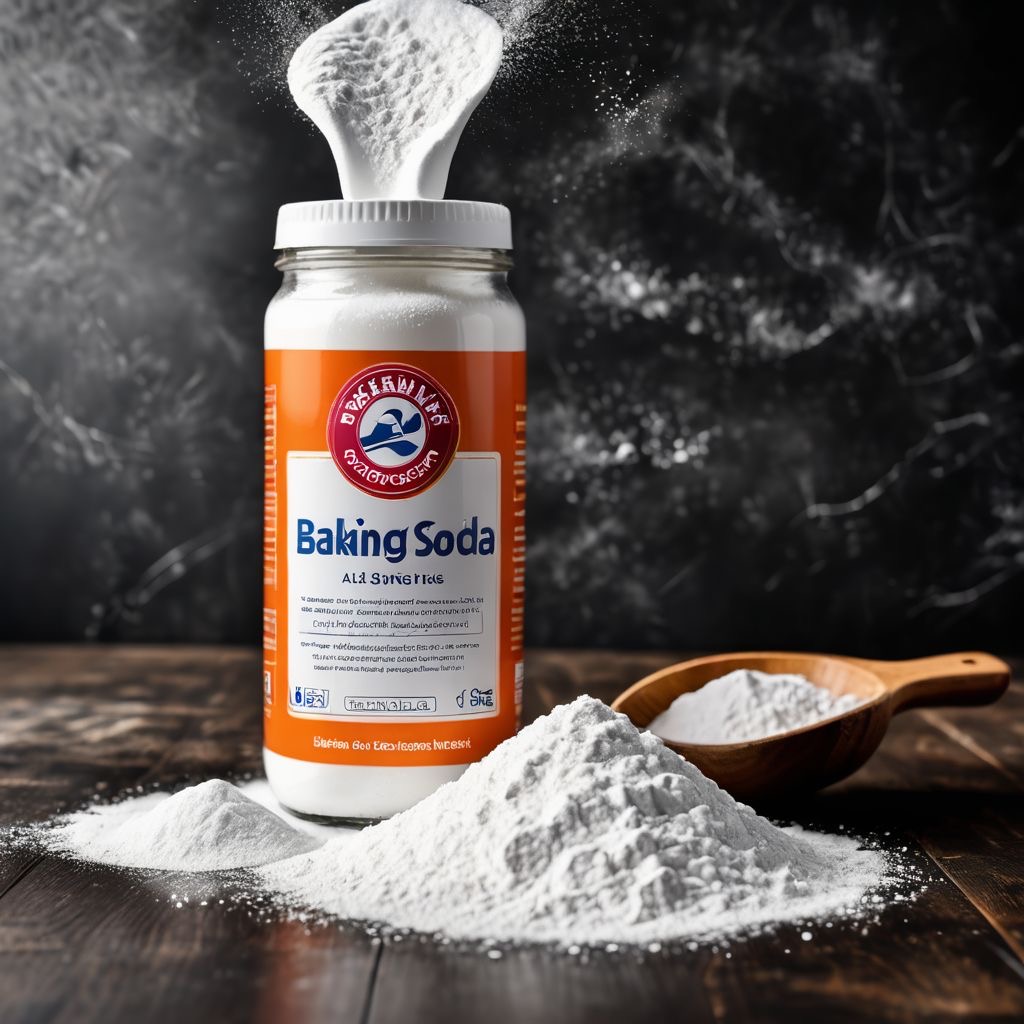
5. Baking Soda: The Gardening Multitasker:
Surprisingly enough, baking soda has a seat at the gardening table. This common household item can fix many issues bona fide gardeners face.
5.1 Uses of Baking Soda in the Garden
From its ability to combat harmful fungi to making your garden soil a happy place, baking soda is a multitasker extraordinaire!
1. Fungal Treatment: Mix baking soda with water and a drop of liquid soap to create a spray that’s gentle on plants but tough on powdery mildew.
2. Repelling Pests: Sprinkle a little on your plants to deter ants or other annoying bugs. It’s like putting on a protective suit for your bountiful harvest.
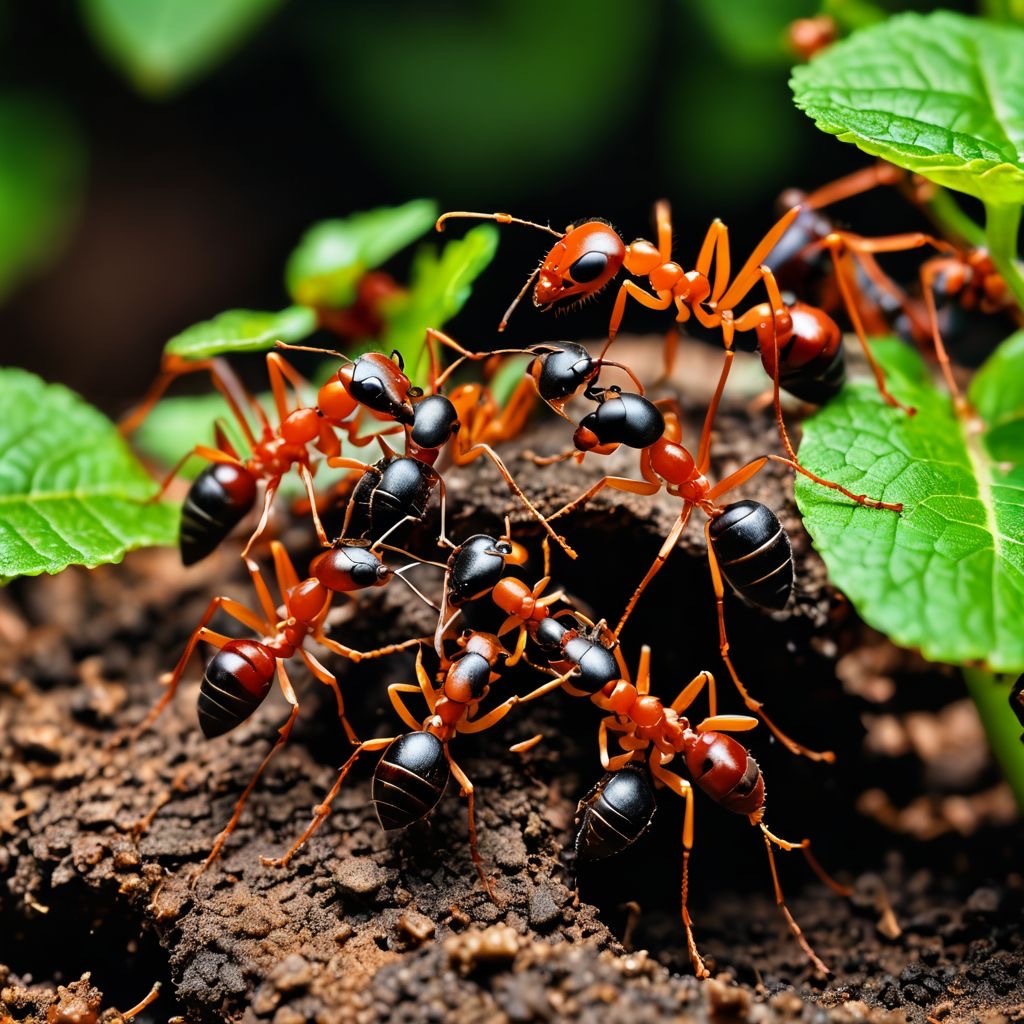
3. Sweeten Tomatoes: Did you know that adding a sprinkle of baking soda to the soil can lower the acidity of tomatoes? Your sauce is about to get an upgrade!
5.2 Tips for Effective Use
Be careful not to overdo it, though. A little baking soda can go a long way, and since we don't want a salt flat but a beautiful flower garden, moderation is key. Sprinkle it judiciously, once every few weeks, to get the benefits without harming your plants.
5.3 Baking Soda in Organic Pest Control
For those looking to venture further into eco-friendly pest control, consider crafting a baking soda solution to combat aphids or spider mites. Mix equal parts baking soda and water in a spray bottle and apply it directly. It’s non-toxic, making it safer for your pets and the environment, while very effective at keeping those pesky insects at bay.
6. The Power of Peppermint: Pest Deterrent Extraordinaire:
Let’s talk about peppermint, the fragrant herb that does more than just tantalize your taste buds. It’s a natural pest deterrent that can help ensure your garden thrives.
6.1 Will Peppermint Thrive in Your Winnipeg Garden?
Wondering whether peppermint can handle our unique climate? The short answer is yes! Peppermint thrives in cooler temperatures, making it right at home in a Winnipeg garden. Just ensure you give it enough sunlight and water throughout the growing season.
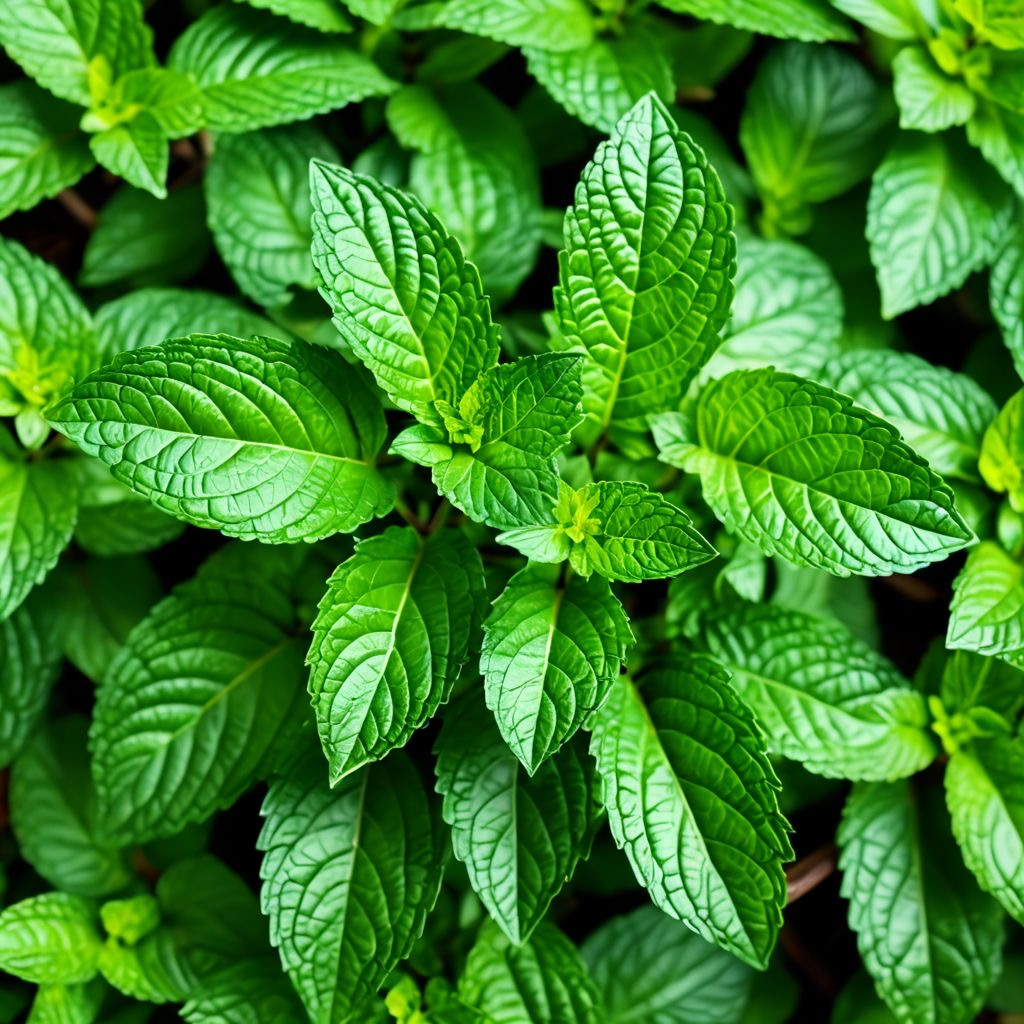
6.2 Planting and Caring for Peppermint
Plant peppermint in a container or sectioned-off area of your garden to prevent it from spreading uncontrollably—it's like the toddler of the plant world! Harvest the leaves regularly, especially before flowering, as they’ll have a stronger flavor at this stage. Create a DIY pest spray by steeping the leaves in water, straining, and using the liquid when the pests start to invade.
6.3 Other Uses for Peppermint in the Garden
Peppermint is not just a pest deterrent; its aromatic oils can also enhance the productivity of your garden. Try planting it near your vegetables to potentially boost their growth. Plus, the delightful scent can create a relaxing atmosphere as you tend to your other plants.
If you enjoy cooking or tea, you’ll appreciate having fresh peppermint on hand for culinary adventures, whether in salads, infused water, or snacks. Plus, nothing beats the smell of fresh mint wafting through your yard!
7. Creating a Thriving Yard with Sustainable Practices:
Now that we're armed with all these fantastic tips and tricks, let's dive into how you can integrate them into a harmonious, sustainable yard.
7.1 Integrating These Techniques
These practices can combine beautifully for vibrant landscape design. Imagine creating a landscape design in Winnipeg that features lush flower beds, aromatic peppermint, and the healthy glow of naturally nourished plants. It can become a real masterpiece—a visual treat that’s practically a botanical garden!
Contact us today for your free estimate.
Ready to chat about your landscaping goals?

Reach out by call or text to: 204-229-9789 or click here to submit your information today to arrange a “no obligation” introductory phone call. We look forward to helping you transform your yard.
Tips on how to prepare for a consultation meeting with a landscape contractor
7.2 Your Backyard Landscape Design Journey
Creating a stunning backyard landscape design is all about amalgamating practical gardening tools with innovative ideas. The key here is to create interactivity—allowing nature to nourish your garden while you nurture the ideas and aesthetics that make it uniquely yours.
Your neighbors will be asking, “Who does your landscaping?” and you can proudly smile and say, “Me and my fish water and coffee grounds!”
7.3 Establishing a Routine for Garden Maintenance
To maintain a thriving garden, it’s essential to establish a consistent care routine. Start by scheduling regular watering, monitoring plant health, and applying your homemade brews of cider vinegar or fermented plant juice every few weeks. With a commitment to sustainable practices and a routine that works for your lifestyle, you'll inspire yourself, your yard, and your community.
Contact us today for your free estimate.
8. Conclusion:
There you have it—a treasure trove of gardening secrets to elevate your green thumb from ‘a little confused’ to Winnipeg ‘garden guru’! By integrating everyday kitchen waste like coffee grounds, cider vinegar, fish water, and baking soda into your home garden methods, you not only reduce waste but significantly enhance the health of your plants. Throw in peppermint for added pest control, and you’ll have a thriving masterpiece that transcends mere aesthetics.
With these amazing tricks in your gardening arsenal, you won't just create a vibrant flower garden; you'll cultivate a sanctuary for yourself and a source of inspiration for your neighbors. Gardening can be both rewarding and sustainable, making our yards a delightful extension of our homes.

So, lace up those gardening gloves, roll up your sleeves, and let’s make our yards not just a patch of land but a change in the way we approach gardening—the sustainable way.
Happy gardening!
Contact us today for your free estimate.
Don't miss out! Click here to subscribe today and get the latest blog posts delivered straight to your inbox.



